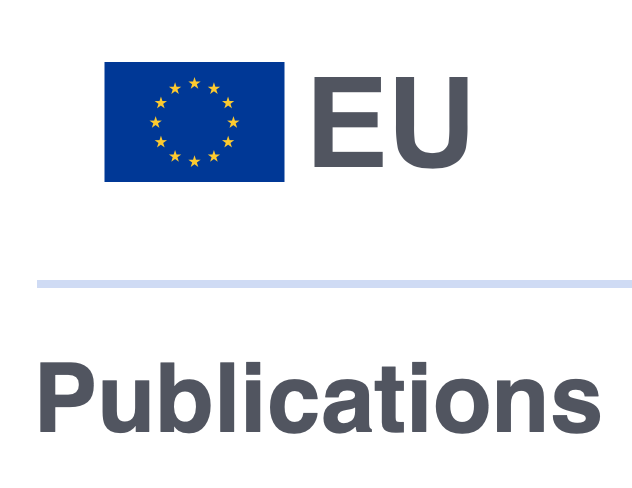In a recent article published in the journal GENES being cited repeatedly in newspapers, a group of Hungarian scientists reported on their unexpected successful production of a hybrid between a female Russian sturgeon (Acipenser gueldenstaedtii) and a male American Paddlefish (Polyodon spatula).
Their result confirms the known fact of the large plasticity of the sturgeon genome and their ease of generating interspecific hybrids in artificial reproduction. The phenomenon of hybridization is described in nature sometimes between sympatric species. Sturgeon hybrids are mostly fertile and can be reproduced with other hybrids or with pure species. If this hybridization occurs in nature as a result of escapement of non-indigenous species or hybrids into the wild, it results in a strong risk of genetic contamination. For this reason, the generation and farming of hybrids represents an activity that can create irreversible damage to the gene pool of the endemic species, especially in populations that are already at very high risk of extinction.
Up to now nothing is known about the degree of fertility of these hybrids between Russian sturgeon and American paddlefish. Eventually the fertility could be low since they have completely different chromosomal sets. While we acknowledge the scientific aspect of the work, the World Sturgeon Conservation Society herewith seriously questions the possible production for commercial purposes suggested in the paper. In fact, the generation and commercialization of interspecific hybrids of sturgeons and the resulting deliberate or accidental release in open waters can create a severe threat to the survival of natural wild populations. This is an impact that WSCS has warned of repeatedly. The insufficient safety of commercial farms and the lack of follow up on live fish trade have been exemplified several times over the last decades. One major example was the escapement of more than 10.000 tonnes of sturgeons, including hybrids and non-native species, from floating cage farms in the Qing River, a tributary of the Yangtze River. WSCS would like to initiate a discussion on the limits of the developments in aquaculture, from genetic engineering to introductions of alien species, with a clearer focus on the protection of natural ecosystems and the conservation of their integrity, including natural patterns of biological diversity. If the aquaculture industry depends upon the rearing of non-indigenous species for commercial aspects, there is a need for more strict safeguarding and control with regard to the adverse impacts of these species, either as a side-line of production (escapement during incidental events) or the littering of unwanted fish (usually males) into recreational angling facilities and aquarium trade.





